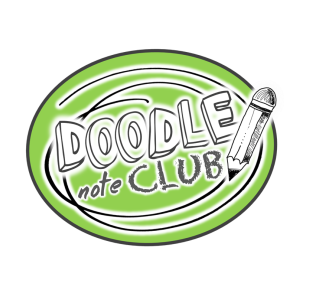
These free “cheat sheets” will answer some of your top questions about how to take doodle notes, how to make doodle notes, and how to teach with doodle notes!
And they are now in an easy printable format, so you can reference them any time you need tips as you do doodle notes.
Three pages are included in the download:
- 1: How to teach with doodle notes (FOR TEACHERS)
- 2: How to fill in doodle notes (FOR STUDENTS)
- 3: How to make your own doodle notes (FOR TEACHERS)

Suggestions:
- Print one copy of Cheat Sheet #1 (How to teach with doodle notes) and keep it on your desk or at your podium. You can laminate it if you wish. Reference this as you teach lessons with visual note taking.
- Print a copy of Cheat Sheet #2 (How to do doodle notes) for each of your students and distribute them. Go over it together, and let them color and doodle on the cheat sheet. They can keep this as a reference in the front of their binder to peek at each time they are taking doodle notes in class.
- Print one copy of Cheat Sheet #3 (How to CREATE doodle notes) for yourself. Keep this one beside your computer. It will help you with figuring out page layout when you make a doodle note lesson for your class. It will also help remind you to include visual memory triggers and interactive tasks.
- If you would like more tips on teaching with doodle notes or creating your own, you can download our FREE Full Doodle Notes Guide here for plenty of support, free materials, and links to read as you get started. It’s a great step-by-step resource that will walk you through everything you need to know to teach with brain-based visual notes.

















